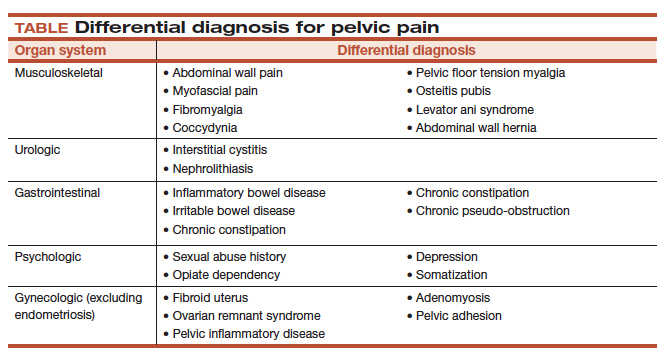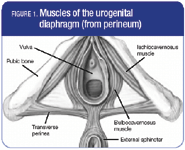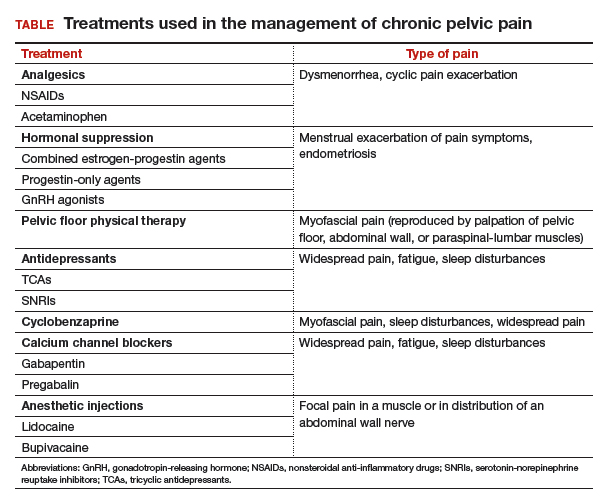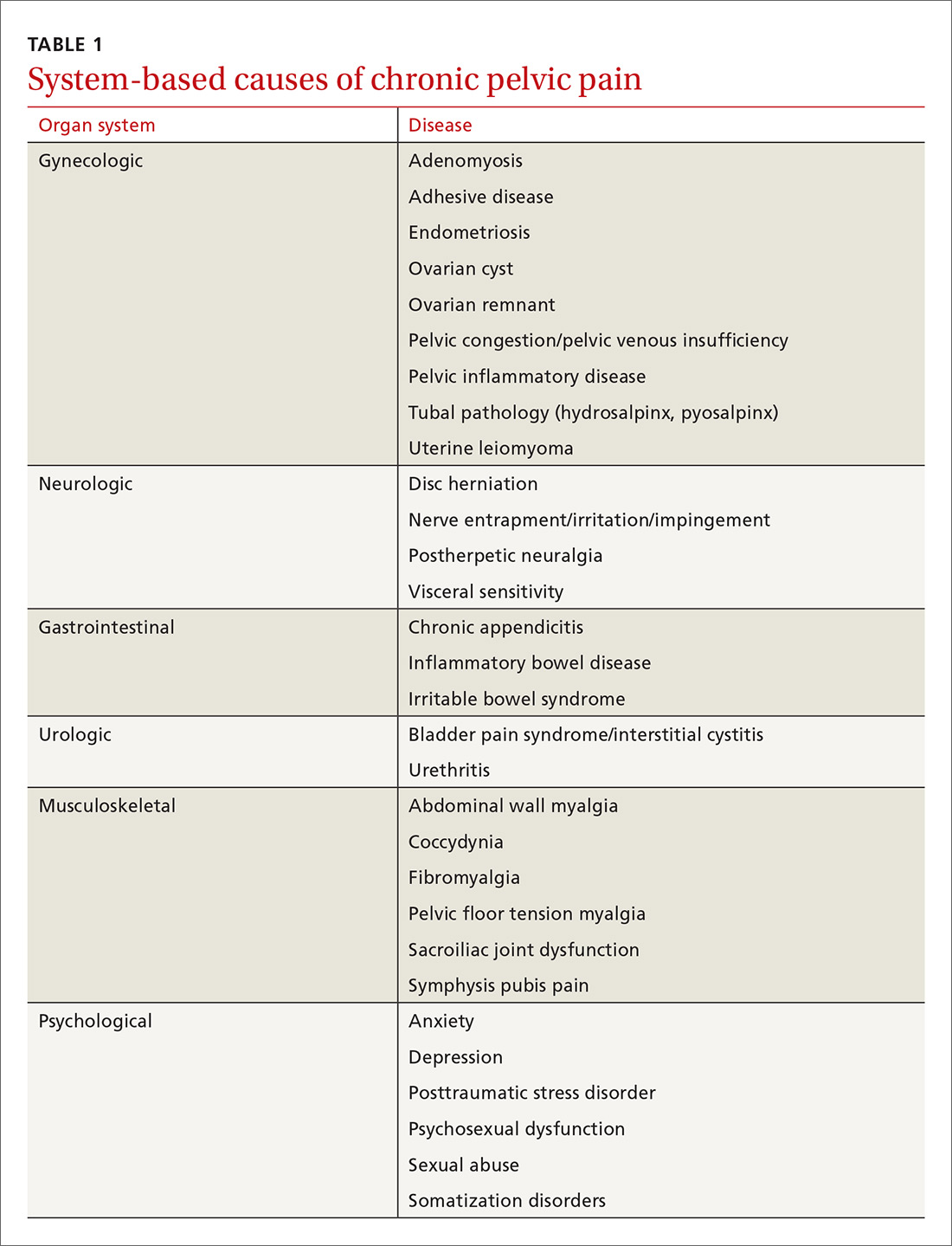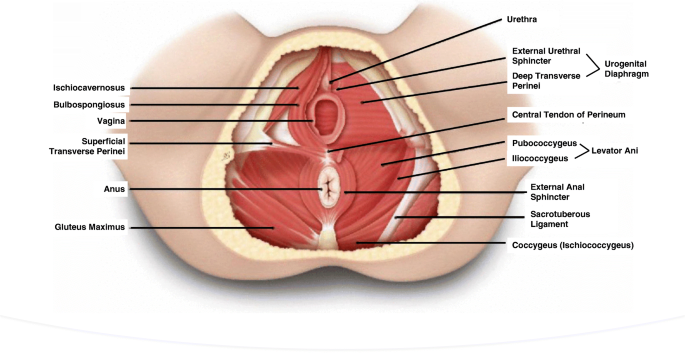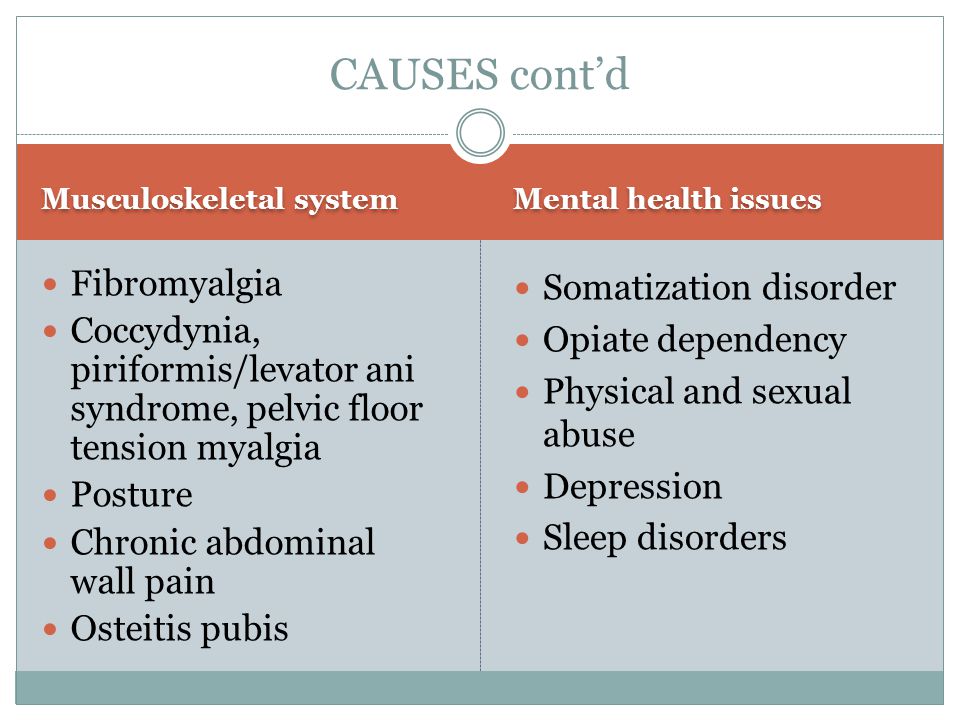There are a number of terms for muscle based pain in the rectal area including levator ani syndrome levator ani spasm syndrome proctalgia fugax chronic pelvic pain syndrome proctodynia coccygodynia pelvic floor dysfunction and pelvic floor myalgia.
Pelvic floor myalgia causes.
Overusing the pelvic muscles like going to the bathroom too often or pushing too hard eventually leading to poor muscle coordination.
For many women the state of their pelvic floor.
Traumatic injuries to the pelvic area like a car accident.
But a few of the known factors include.
Once patients with pelvic floor constipation have these basic tools they can begin retraining the pelvic floor muscles with biofeedback.
56 years experience family medicine.
The full causes of pelvic floor dysfunction are still unknown.
Pelvic floor myalgia treatment options include.
Pelvic floor tension myalgia richard p.
It is always subjective unpleasant and an emotional experience.
Our therapists also use heat cold therapy and massage to provide symptom relief.
Exquisite tenderness of the pelvic floor muscles on rectal exam that reproduces the patient s symptoms is the required hallmark of the diagnosis.
Physical therapists can teach you strategies such as kegel exercises to strengthen and relax your pelvic floor muscles.
Pelvic floor myalgia is also called vaginismus it is a common cause of pain during sexual interourse in women due to involuntary tightness of the pel.
Pelvic floor muscles that are too tight can lead to nonrelaxing pelvic floor dysfunction.
What causes rectal spasms and levator ani syndrome.
What is pelvic floor myalgia and cause.
Pelvic floor tension myalgia is a myofascial diagnosis of exclusion after organic disease has been ruled out.
If your pelvic floor dysfunction is the result of a rectal prolapse a condition that causes the rectal tissue to fall into the anal opening surgery will loosen the affected pelvic organs.
This can cause problems with storing or emptying bowels as well as pelvic.
The root cause of rectal spasm is tension in the pelvic muscles.
Based on the principle of operant conditioning biofeedback provides auditory and visual feedback to help retrain the pelvic floor and relax the anal sphincter.
Biofeedback to retrain pelvic floor muscles.
